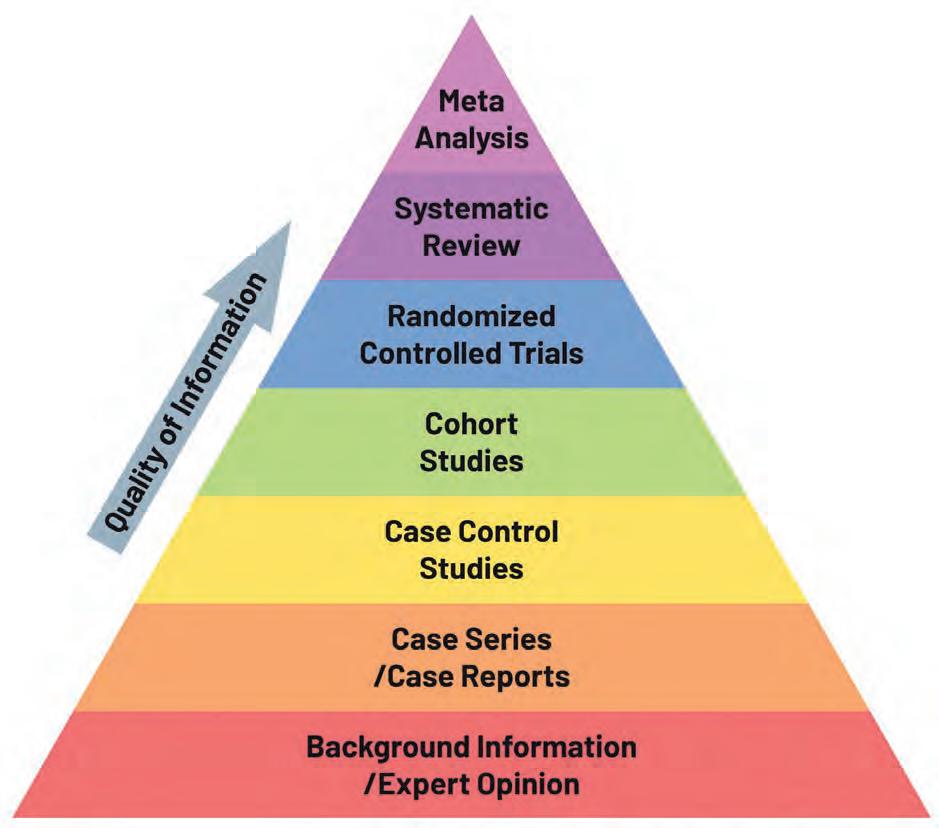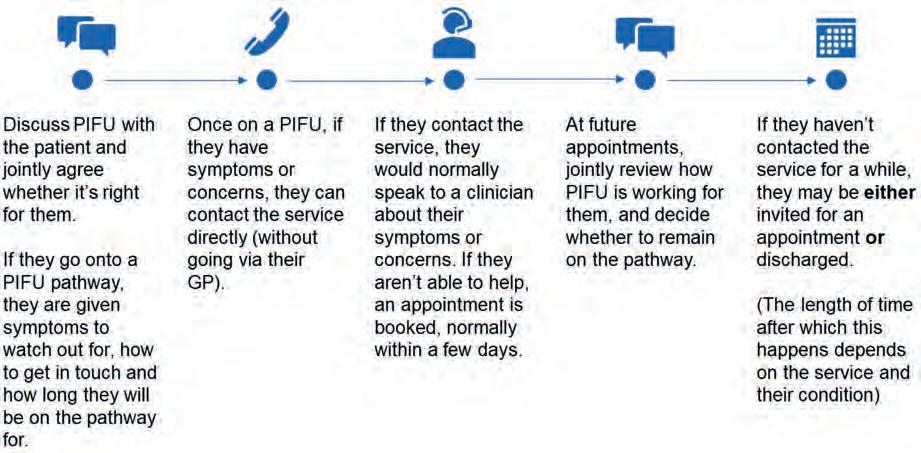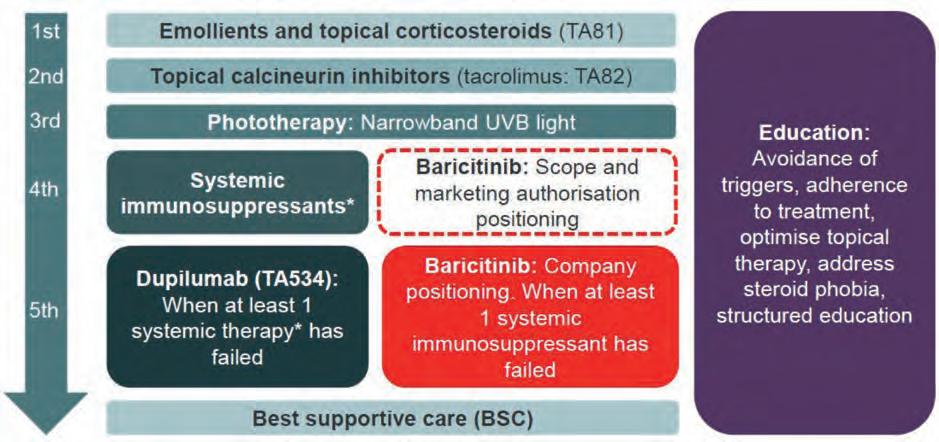Research SKILLS
What are quantitative and qualitative research methods? A brief introduction Joanne Chalmers, Fiona Cowdell This paper is the second in a series devoted to dermatological nursing research. In the first paper we reported the findings of a national survey conducted to scope dermatology nurses’ current roles in, understanding of, and development needs in relation to research. Our next article addresses critical appraisal skills. In this short article, we first define evidence-based practice and the need for nursing research to contribute to this agenda. We then offer a brief overview of quantitative, qualitative and mixed method approaches to research. Finally, we suggest some key reading. Chalmers J, Cowdell F. What are quantitative and qualitative research methods? A brief introduction. Dermatological Nursing 2021. 20(2):45-48 The foundation of evidence-based practice (EBP) can be traced back to Florence Nightingale in the 1800s.1 EBP is defined as “a problem-solving approach to clinical decision making that incorporates a search for the best and latest evidence, clinical expertise and assessment, and patient preference values within a context of caring.”2 EBP is grounded in the principle that patient care should be informed by sound evidence and has much in common with evidence-based medicine (EBM). The founding definition of evidencebased medicine is “the conscientious, explicit, and judicious use of current best evidence in making decisions about the care of individual patients”.3 EBP is not about research dictating what you should do in clinical practice. It is about taking the best research evidence available and using it in the context of the individual patient, in combination with your clinical experience and the patient’s views. Using Jo Chalmers is a Senior Research Fellow, Centre of Evidence Based Dermatology, University of Nottingham. Fiona Cowdell is Professor of Nursing and Health Research, Faculty of Health, Education and Life Sciences, Birmingham City University www.bdng.org.uk
EBP means the patient will be getting the best and most appropriate care available. However, it is important that EBP is based on the best quality evidence available, and so being able to identify the difference between good and poorquality research is crucial. An article later in this series will give you some guidance on how to do this by understanding how to critically appraise research.
EBP is not about research dictating what you should do in clinical practice Underpinning all EBP is research.4 All good research starts with a relevant and timely question. The question might come from a long-standing frustration that you do not have the information you need to advise a patient. Or perhaps a patient asks you the basis on which you are giving advice and you are aware that it is not based on any evidence. Once the question is formed, there are two fundamentally different approaches to answering it: quantitative and qualitative research, or a careful combination of both. Quantitative
research is all about numbers and includes, for example, trials and cohort studies. Qualitative research is descriptive and uses words and language in situations such as discussion groups and interviews to explore participants’ perspectives. All good research has a value, what is important is that the right method is used to answer the question. If you want to know how effective drug A is compared to drug B in a particular skin condition, then you need a quantitative study that will give you a numerical answer to how well a sample population responds to each treatment. A qualitative study, on the other hand, will give a deep understanding of people’s experiences and beliefs about, for example, their condition or healthcare. A good way to think about the two broad approaches is that quantitative research provides the “what” and qualitative research gives insight into the “why” and/or the “how”. The two different approaches can be used independently, or they can be used together in mixed methods studies to offer a holistic answer to the question. 5 For example, when conducting a randomised controlled trial (quantitative) it can be valuable to to conduct interviews with selected participants to gain a nuanced understanding about
Dermatological Nursing, 2021, Vol 20, No 2
45












